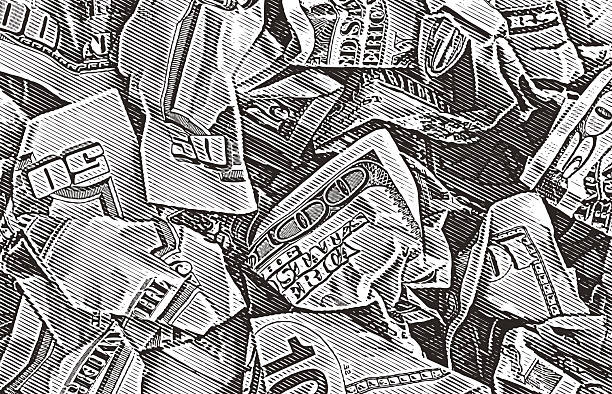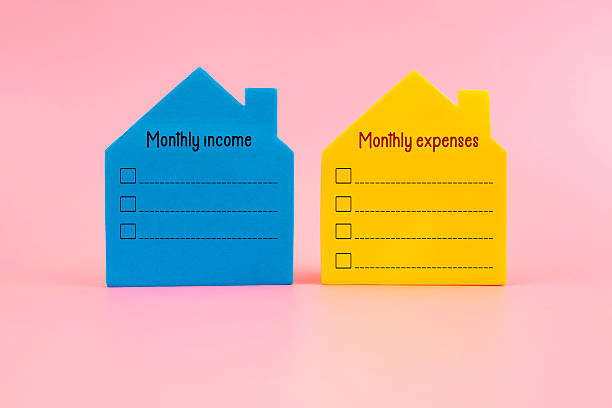
The specter of overextended personal debt looms large in the modern economic landscape, a burden carried by millions. While often rationalized as a te...
Read More
The crisis of overextended personal debt is rarely the result of a single poor decision. Instead, it is typically the culmination of several intersect...
Read More
The relationship between overextended personal debt and a medical crisis represents one of the most devastating and morally fraught intersections in m...
Read More
The state of overextension is the precarious tipping point where personal debt ceases to be a manageable tool and transforms into an all-consuming mas...
Read More
The most effective strategy for managing overextended personal debt is to prevent it from occurring in the first place. This requires a shift in finan...
Read More
The phenomenon of overextended debt is often mischaracterized as a simple failure of mathematical calculation or fiscal discipline. However, behaviora...
Read MoreOverextended personal debt is a financial state where an individual's debt obligations have become unsustainable, meaning their income is insufficient to comfortably cover minimum payments, living expenses, and savings, often leading to financial stress and risk of default.
There may be a small, temporary dip from the hard inquiry when applying for a consolidation loan. However, if it helps you pay off revolving credit card debt, the resulting lower utilization ratio will greatly help your score in the medium term.
Student loan debt is often large and non-dischargeable in bankruptcy. When graduates face underemployment or low wages, their debt-to-income ratio can become unsustainable, delaying other financial goals like home ownership or retirement savings.
Your 40s are peak earning years and your last major window to build retirement wealth. Debt payments directly sabotage your ability to save, jeopardizing your entire retirement plan and leaving insufficient time to recover.
A charge-off occurs when a creditor writes your debt off as a loss after approximately 180 days of non-payment. This severely damages your credit score, but it does not forgive the debt; it is often sold to a collection agency, who will then pursue payment.